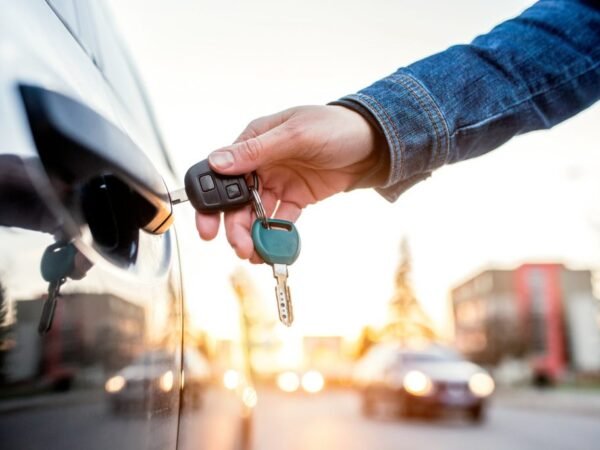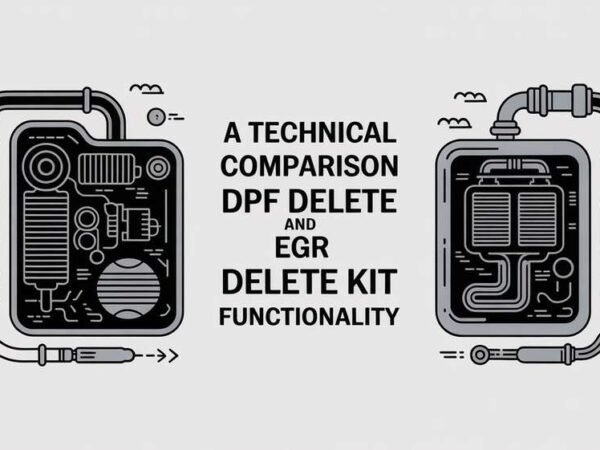Introduction to Hazard Perception
Driving is a complex task that requires constant attention and quick decision-making. One of the most crucial skills for any driver is hazard perception, the ability to identify and respond to potential dangers on the road. This blog post will explore the concept of hazard perception, its importance in safe driving, and how to improve this vital skill.
What is Hazard Perception?
Hazard perception is identifying and anticipating potential dangers or risks on the road before they become threats. It involves scanning the environment, recognizing potential hazards, and taking appropriate action to avoid or mitigate risks. This skill is essential for all drivers, regardless of their experience level.
The Importance of Hazard Perception in Driving
Adequate hazard perception is crucial for several reasons:
- Accident Prevention: By identifying potential hazards early, drivers can take preventive action and avoid accidents.
- Reaction Time: Good hazard perception skills allow drivers to react more quickly to unexpected situations.
- Defensive Driving: It forms the foundation of defensive driving techniques, helping drivers stay safe in various traffic conditions.
- Reduced Stress: Anticipating and managing potential hazards can make driving less stressful and enjoyable.
- Legal Compliance: Many countries include hazard perception in their driving tests, recognizing its importance in road safety.
Common Types of Hazards on the Road
To improve your hazard perception, it’s essential to be aware of the various types of hazards you might encounter:
- Other Road Users: This includes vehicles, pedestrians, cyclists, and motorcyclists.
- Road Conditions: Wet or icy roads, potholes, and debris can pose significant risks.
- Weather Conditions: Rain, snow, fog, and strong winds can affect visibility and vehicle control.
- Traffic Signs and Signals: Misinterpreting or failing to notice signs can lead to dangerous situations.
- Road Layout: Bends, hills, and junctions require extra attention and anticipation.
- Stationary Objects: Parked cars, road works, and other obstacles can create hazards.
Developing Your Hazard Perception Skills
Improving your hazard perception is an ongoing process that requires practice and attention. Here are some strategies to enhance this crucial skill:
- Stay Alert: Always maintain focus while driving and avoid distractions.
- Scan the Road: Regularly check your mirrors and look ahead to anticipate potential hazards.
- Anticipate Others’ Actions: Try to predict what other road users might do and be prepared to react.
- Maintain a Safe Distance: Keep a proper following distance to give yourself more time to respond to hazards.
- Adjust to Conditions: Adapt your driving to suit weather, road, and traffic conditions.
- Learn from Experience: Reflect on your driving experiences and learn from close calls or mistakes.
Hazard Perception in the Driving Theory Test
Many countries, including the UK, include a hazard perception component in their driving theory tests. This section typically involves watching video clips and clicking when you spot developing hazards. To excel in this part of the test:
- Practice Regularly: Use online resources and official practice materials to familiarize yourself with the test format.
- Understand Scoring: Learn how the scoring system works and what constitutes a developing hazard.
- React Promptly: Click when you spot a developing hazard, but avoid clicking too often.
- Stay Focused: Pay attention to the entire scene, not just the center of the road.
- Learn from Feedback: Review your performance and understand why you might have missed specific hazards.
Tips for Improving Your Hazard Perception
- Use Visualization Techniques: Mentally rehearse different driving scenarios and how you would respond to potential hazards.
- Play Hazard Perception Games: Many online games and apps can help you practice spotting hazards in a fun, interactive way.
- Observe While Passenger: When you’re not driving, actively look for potential hazards and discuss them with the driver (if appropriate).
- Take Advanced Driving Courses: Consider enrolling in advanced driving courses focusing on hazard perception and defensive driving techniques.
- Stay Updated: Be informed about new traffic laws and road safety guidelines.
- Use Commentary Driving: Practice describing what you see and potential risks out loud while driving (alone or with a trusted passenger).
- Learn from Near Misses: Analyze any close calls you experience and consider how you could have spotted the hazard earlier.
For more detailed information on hazard perception and its role in the driving theory test, visit the official hazard perception guide.
Conclusion
Hazard perception is critical for all drivers, contributing significantly to road safety and confident driving. You can become a safer and more competent driver by understanding what hazard perception entails, recognizing its importance, and working to improve this skill. Remember, developing good hazard perception is an ongoing process that requires practice, attention, and a commitment to continuous learning. Stay alert, stay safe, and hone your hazard perception skills whenever you get behind the wheel.
Do Read: The Role of Steel Wheel Stops in Enhancing Parking Safety and Organization













